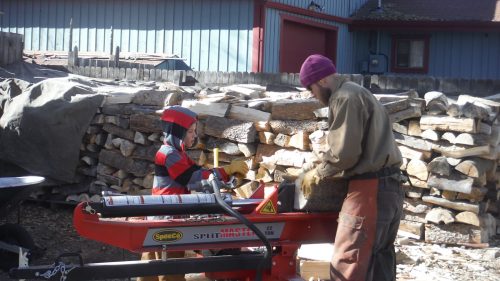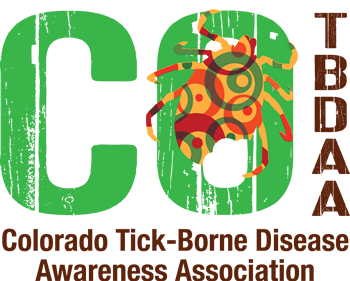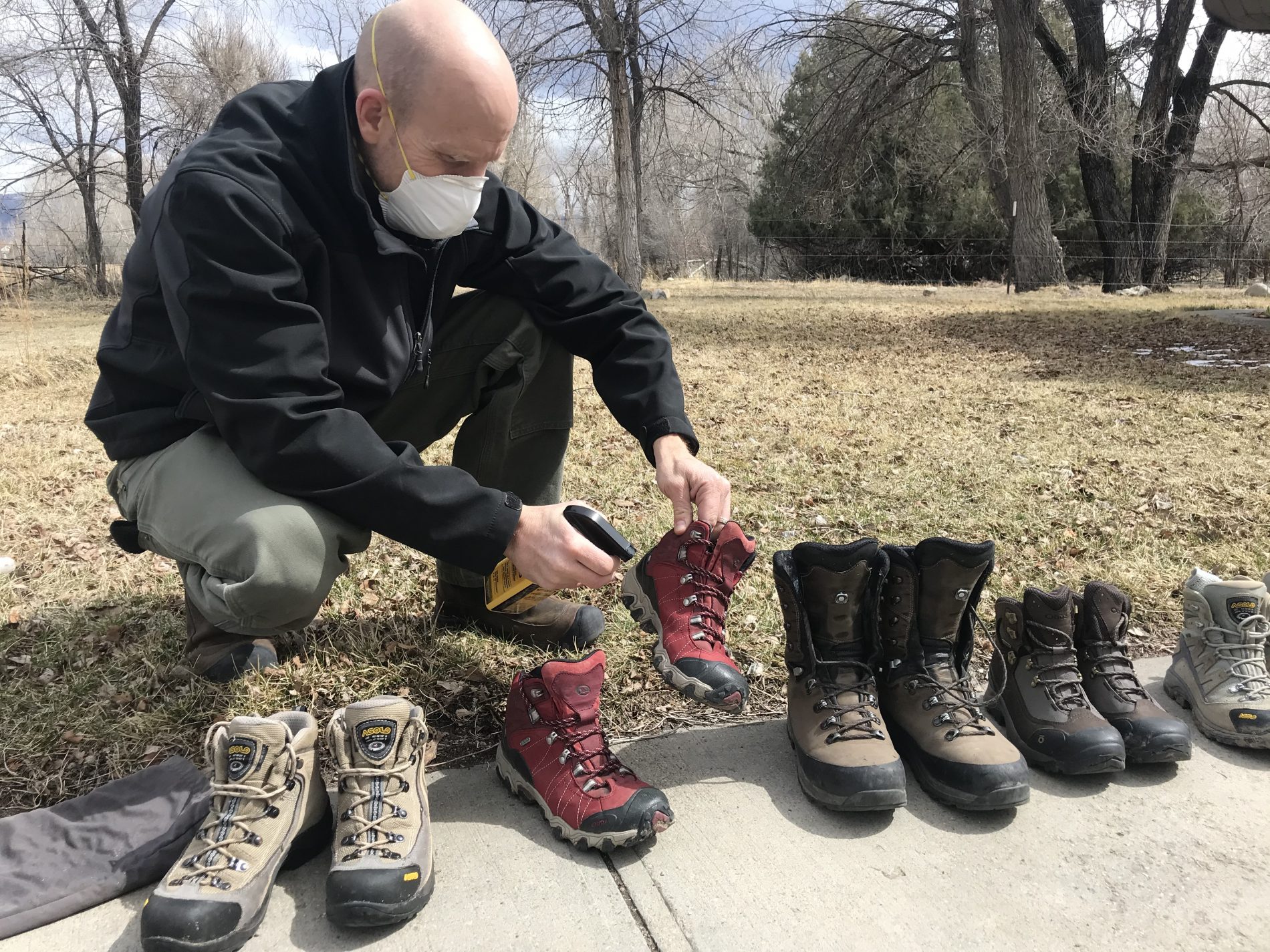
Tick Safe Yard
Why a Tick Safe Yard?
Colorado is inherently an arid environment which is less hospitable for many species of ticks found in abundance in other parts of the country. However, the variability of vegetation, terrain and proximity to water within Colorado creates micro-habitats more favorable to certain ticks, as well as their hosts. Additionally, some species of Colorado ticks are adapted for these more arid conditions and habitats. Many birds and small mammals act as important host reservoirs for Lyme and other tick-borne diseases including, squirrels, mice, chipmunks, Mexican woodrats (packrats), and others. Deer and birds can transport and deposit these in yards near homes or other outbuildings when attracted by palatable vegetation or feeders.
Children, pets, and adults may be at risk of tick exposure when working, playing, gardening, or exploring in their own yards, especially in areas of edge habitats. Many Coloradans live in rural areas, adjacent to wildand habitats where potential exposure to both wildlife and tick vectors is greater.
Creating or maintaining a tick safe environment around your home or workplace can reduce your encounters with wildlife species and the parasites that they may harbor. Some techniques may be more applicable than others depending on where you live.
Landscaping techniques to reduce tick habitat around your home or workplace:
- Clear tall grasses and brush around buildings and at the edge of lawns.

- Place a 3-ft wide barrier of wood chips or gravel between lawns and wooded or grassy areas and around patios and play equipment. This will inhibit tick migration into high recreation areas.
- Mow the lawn frequently and keep leaves raked.
- Stack wood neatly and in a dry area (discourages rodents that ticks feed on). You may also place Permethrin treated nest materials (dryer lint or cotton balls placed in old toilet paper or paper towel tubes) in or around your woodpile which will kill ticks that attach to rodents that may use these materials to make their nests. Tick Tubes may also be commercially purchased. Though acaricide does not remove infection from rodents, it does kill ticks that come in contact with infected small mammals, thus reducing the risk of transmission of disease to both humans and pets around the home or workplace.
- Keep playground equipment, decks, and patios away from yard edges and trees and place them in a sunny location, if possible.
- Avoid planting vegetation that is an attractant to deer or adequately fence these areas of your yard.
- Remove any old furniture, mattresses, or trash from the yard that may create artificial habitats and give small rodents and ticks a place to hide.
For additional information on Ticks, TBDs, Tick control recommendations and state resources visit www.ncipmc.org/action/alerts/






